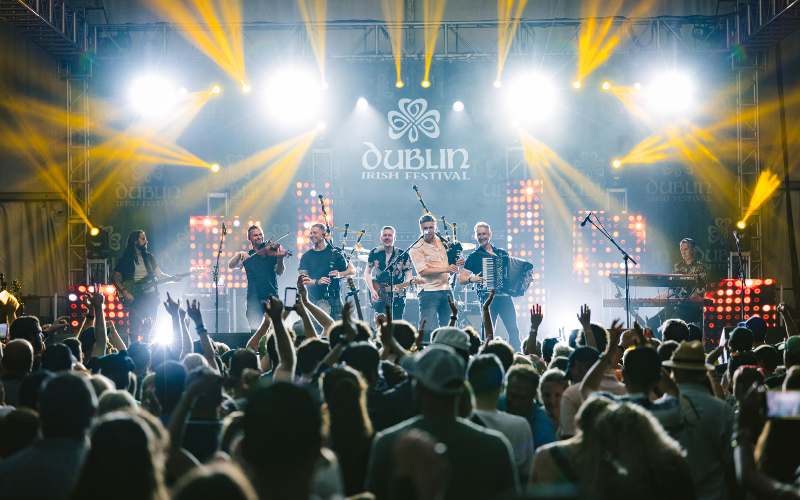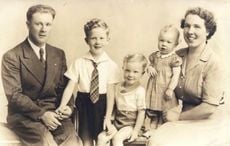I paid a small fortune the other evening for a good but not outstanding chicken dinner in Ennis. Afterwards, behind the empty plate with a glass of Merlot in my hand, the memory came to me of the best chicken dinner I have ever tasted and how that feast, by the banks of the Arney River long ago, could easily have been termed a sectarian banquet.
What happened was that probably the last kiln of red bricks from the clay lands along the Arney near my home was burning and my father brought me along for the occasion. In earlier years, when he was a boy, the Arney red bricks were prized by the builders in Enniskillen 10 miles away down the Erne and so there were many kilns constantly burning.
The process was that a drain was opened from the river and a hollow in the land over the clay was filled with the water. Then men in their bare feet, and boys and women too, got into the water and waded up and down to turn the clay into a sticky thick paste.
This was left alone for some days, ideally in warm weather, and then skilled men went down into what was called the Brickhole and cut the paste into grey sods exactly like they used cut turf. The sods were carried away from the Brickhole, spread out to dry, again just like turf, and later, in what was a major operation, they were built into a long tunnel-shaped kiln, three layers thick, fuelled by turf burning fiercely for three days and nights.
It was on the final night of the firing that my father brought me along. And that was the night I committed a major crime along with brother Cathal.
Sure everything in Ulster, even still, has a sectarian taint to it somewhere. That is why the men in charge of the operation directed Cathal and I to raid the henhouse of the nearest decent Protestant farmer and bring back a fat hen each.
We did that at once. I can still feel the weight of my big poor hen at the end of my thieving arm on the way back to the kiln.
The rest was quick. The hens' poor necks were expertly broken with a snap, feathers and all they were rolled in clay from the Brickhole until they resembled large footballs, and then they were rolled into the red mouth of the fire. In less than an hour I recall seeing the "footballs" glowing whitely.
I cannot remember exactly how long they were left there to cook but eventually they were extracted with a pitchfork, allowed to cool for just a short while, and then struck with a hammer. This, now, was decades before anyone in rural Ireland had heard of tandoori cuisine.
At any rate the feathers of the hens had adhered to the clay and were gone, the flesh was pink, and, when one of the men used a barber knife for surgery, all the intestines had shriveled up into a small black carbon ball which was thrown back into the kiln.
A scatter of salt from a Saxa box was applied and, when I was presented with a leg as thanks for my robbery, I swear that the taste was absolutely from paradise. I will never forget it.
And I later confessed my mortal sin of theft to Father Donnelly. I recall that too.
Those bricks that were reddened in that last Arney River kiln were later loaded on to a flat-bottomed cargo boat known locally as a cot and were floated down the Erne to the waiting builders in Enniskillen. To this day the streets close to the old castle are red brick ones and, any time I pass through nowadays, rarely enough in truth, my mouth waters with the memory of the savory leg of that poor Orange hen.




Comments